Wood ash as an excellent fertilizer
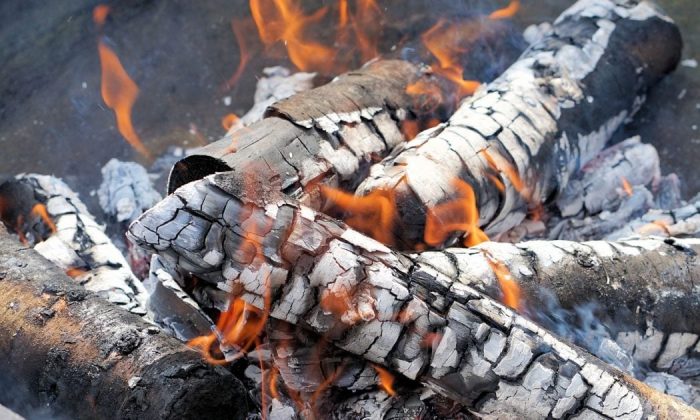
The heating season is in full swing and if you use wood for heating you will be producing a plenty of ash again. Although modern boilers are very efficient and burn wood very well, they still produce plenty of ash and you still need to get rid of it. But do not throw all ash in the trash because you can use it in your garden as an excellent fertilizer for your plants. The only thing is that it must be wood ash, not form briquettes or other stuff. Ash from coal or cinders do not belong in the garden.
So, what does ash contain?
Wood ash contains several valuable substances.
Potassium (approximately 6 – 10% K2CO3)
Potassium in wood ash exists in the form of potassium carbonate. It is sometimes called a potash and it is ideal for crops that are very sensitive to chlorides such as fruit vegetables, small fruits or bulbous vegetables and many ornamental plants.
Phosphorus (2 – 4% P205)
Ash does not contain a lot phosphorus, but it is highly valued and plants need it. Phosphorus is usually an important part of many combined fertilizers.
Calcium (33 – 35% CaCO2) and magnesium (4 – 7% MgCO2)
Wood ash contains both of these elements in the form of carbonates but contains almost no nitrogen.
Photo: Radek Štěpán
Ash and compost
Nitrogen can be added if you use ash together with compost. Ash definitely belongs in compost and the dose ranges from 3 to 5 kg per 1 m3 of compost. However, this type of fertilizer should not be used for acidophilic plants such as azaleas or rhododendrons as these are very sensitive to changes in pH.
Excellent fertilizer
Wood ash is an excellent garden fertilizer and you should use approximately 0.5 to 2 kg per 10 m2. Lower doses are usually used for soil that is not limed. Acidic soils, which require liming, need a larger amount of ash. Work the ash in the soil well and also add nitrogen in the spring.
Preview photo: Pixabay

Gardening is my hobby, I have a lot of experience and I am happy to share it.
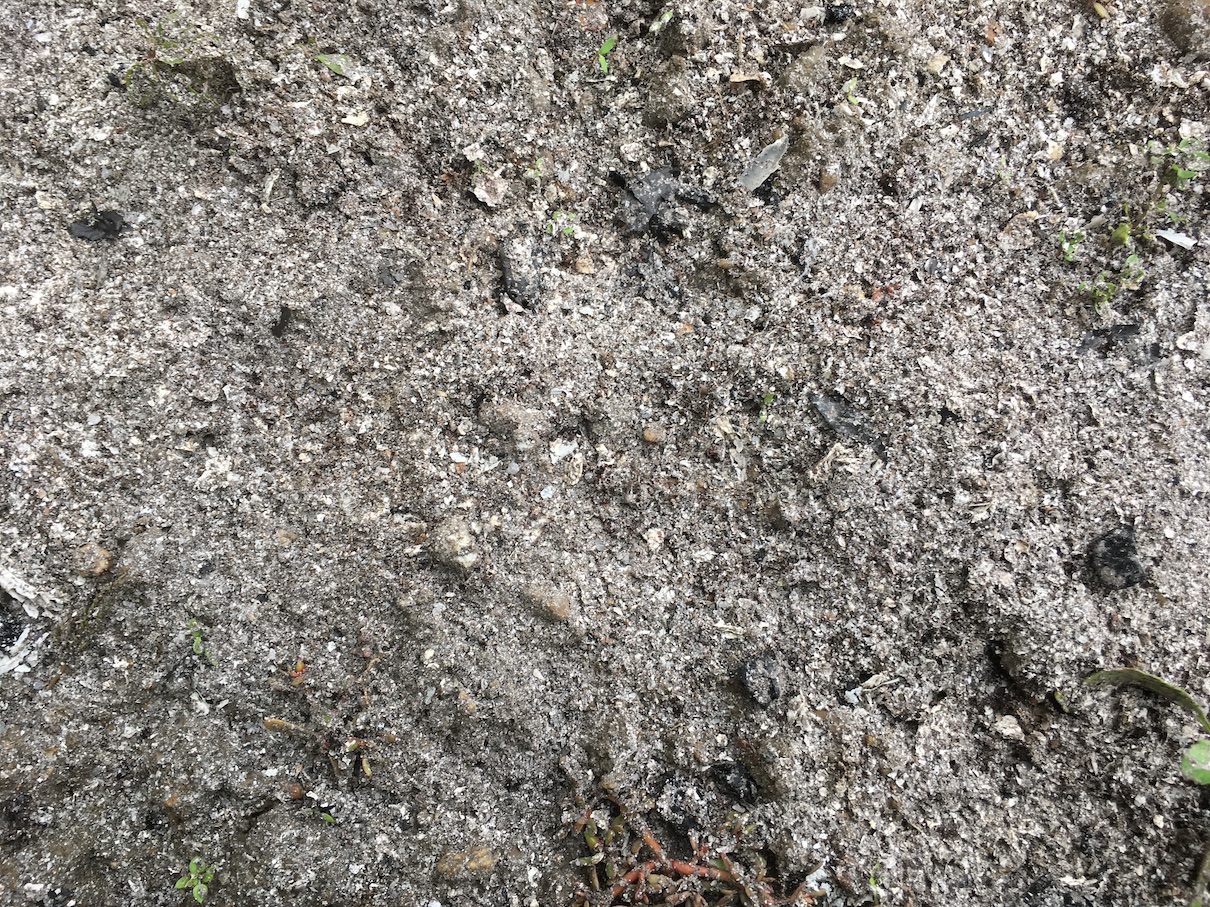


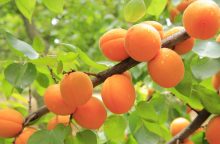
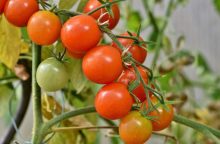

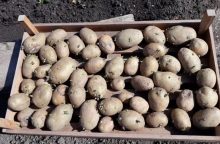
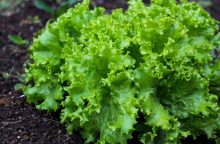
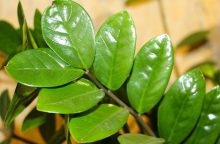
0 comments